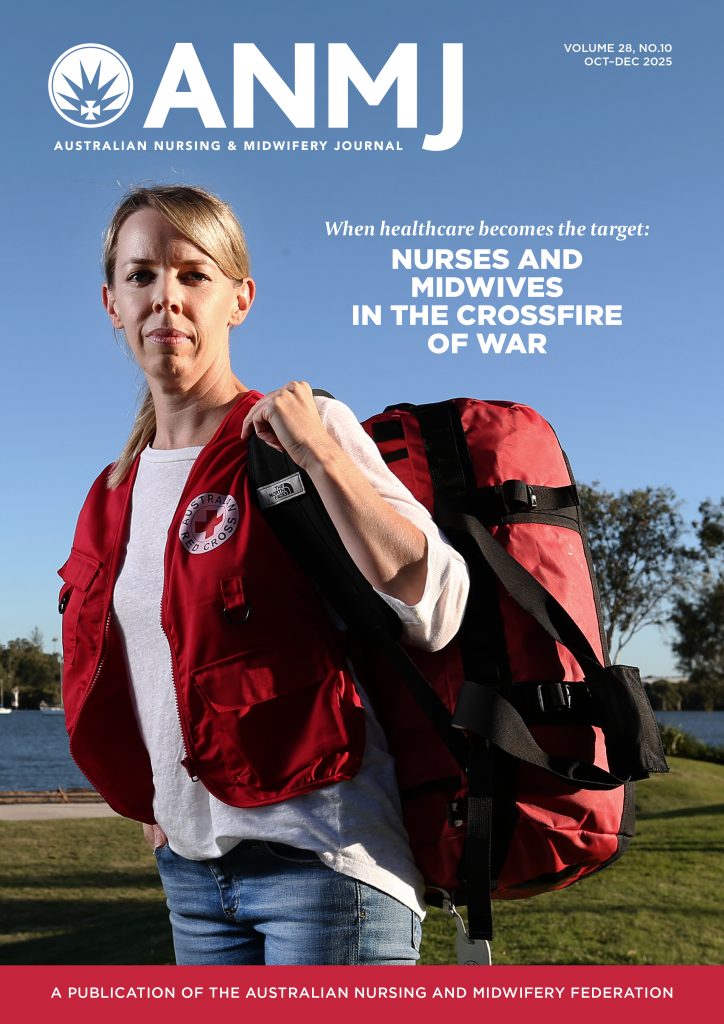Working with patients who have a high or imminent risk of suicide is complex and challenging clinical work even for the most experienced practitioner.
Patient safety is paramount, often requiring patients to be kept under close observation.
What this means varies on the circumstances, treatment orders and local policy.
A failure to follow these orders can and has ended in tragedy where unsupervised suicidal patients have taken their own life.
In many cases, familiar and often valid arguments are brought forward relating to shortfalls in staff numbers and skill mix. In other cases, workplace culture, assumptions or individual choice not to follow the most basic orders has led to these avoidable outcomes.
In the matter of Health Care Complaints Commission v Thomas, Hayden, Rumble (2017) a finding of unsatisfactory professional conduct against three nurses, who received a reprimand and conditions placed on their registration, was found in circumstances where a 29 year old man committed suicide whilst an inpatient.
The claim against the nurses was that they failed to observe the patient at the appropriate intervals as determined by the treating psychiatrist (Level 2 order – to be observed every 15 minutes) and either falsified or recklessly made entries in the case notes that indicated they had completed observations they did not do.
Admitted as a voluntary patient with symptoms of depression, somatic pre-occupation, hopelessness and suicidality, ‘A’ was later detained under the Mental Health Act 2008 (NSW).
He was transferred from the ICU to a sub-acute ward although still considered to be at a significant risk of self-harm; the Level 2 order remained in place.
CCTV evidence showed on the day of his death ‘A’ entered his room at 1441 hrs he did not leave his room again.
This footage showed that he was not observed by staff until 1719 hrs when he was found unresponsive – resuscitation eff orts were unsuccessful.
The professional standards committee (PSC) noted that in this case the conduct of concern did not involve ‘sophisticated aspects of nursing’ that were related to ‘performance of technical procedures or matters outside the normal realm of mental health’ [82]. Rather the matters were ‘….fundamental to the practise of nursing and which [would have been] fulfilled by exercise of diligence in care and of integrity with record keeping’ [82].
Indeed, it appeared that a cavalier attitude to following observation policy and protocols existed in the unit, which led to assumptions being made on the frequency of observations to be conducted on ‘A’- assumptions which proved to be inconsistent with the actual orders made by the treating psychiatrist.
There is also evidence of other observation entries at 15 minute intervals being made when in fact no observations were undertaken at all.
On this point the nurse concerned having viewed the CCTV footage, admitted to having never left the nursing station and merely filling in the chart, a practice she claimed to be standard ‘ … particularly on night shifts’ [180].
The committee noted that if this was the case it is possible that a culture of misreporting was acceptable within the team and unit.
Regardless, it was noted that it is never acceptable for practitioners to ‘slip to a level of conduct that is below the professionalism and clinical excellence required’
[193] merely because ‘everyone is doing it’ [193].
The committee found that ‘…for reasons of protection of the public, specific and general deterrence, and by way of denouncing the conduct and upholding the standards of integrity of the profession, findings of unsatisfactory professional conduct [were] made [against all three practitioners] [193].
Whether such behaviour or culture exists because of complacency, carelessness or reckless indifference, individually or collectively it is unquestionably below acceptable professional standards to not uphold the most basic principles of nursing care.
Regrettably, as observed by the committee ‘… it is not the first time where a failure to observe patients and falsification of records of observations have ended in the death of a patient [192]’ and sadly this has not been the last case.
I wonder if the committee’s observation that a megaphone is needed to sound to the profession that such conduct is not acceptable had been followed through – would we be watching this familiar story unfold in yet another Coroner’s Inquest now?
Reference:
Health Care Complaints Commission v Thomas, Hayden, Rumble [2017] NSWNMPSC 1 (28 April 2017)
AUTHOR
An expert in the field of nursing and the law Associate Professor Linda Starr is in the School of Nursing and Midwifery at Flinders University in South Australia








